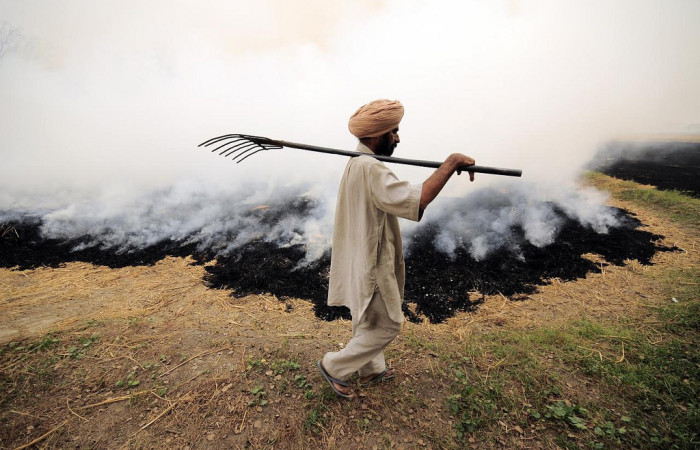
When undertaking experiments to quantify the emissions from farm land, many factors can influence the results. Researchers from CIMMYT and the Indian Council for Agricultural Research (ICAR) have developed a set of protocols for these experiments.
Agriculture is a victim of climate change. Rising temperatures, erratic rainfall and extreme weather events can lower productivity, destroy harvests and threaten food security and livelihoods.
But this is only half the story. Agriculture also contributes to climate change. Even by modest estimates, it is responsible for nearly 14 percent of greenhouse emissions – primarily through nitrous oxide, methane and carbon dioxide. When land conversion and deforestation are taken into account, the figure is closer to 30 percent.
The good news is that agriculture is also capable of sequestering carbon and storing it in the soil, thereby reducing emissions into the atmosphere. Adaptive and productive practices that are inherently low-carbon is one way to ensure that, while farmers are protected from the impacts of climate change and continue to produce food sustainably, they are not simultaneously adding to the crisis. Continue reading.








